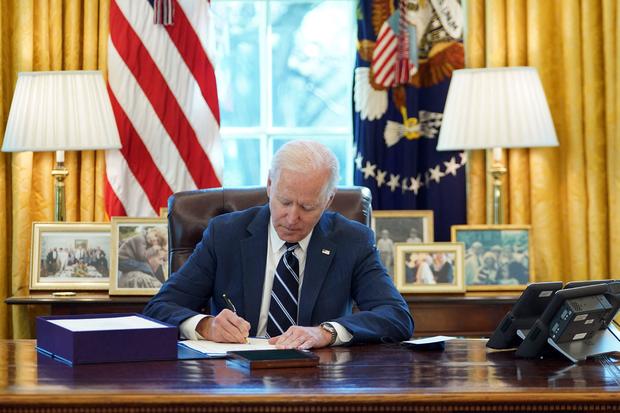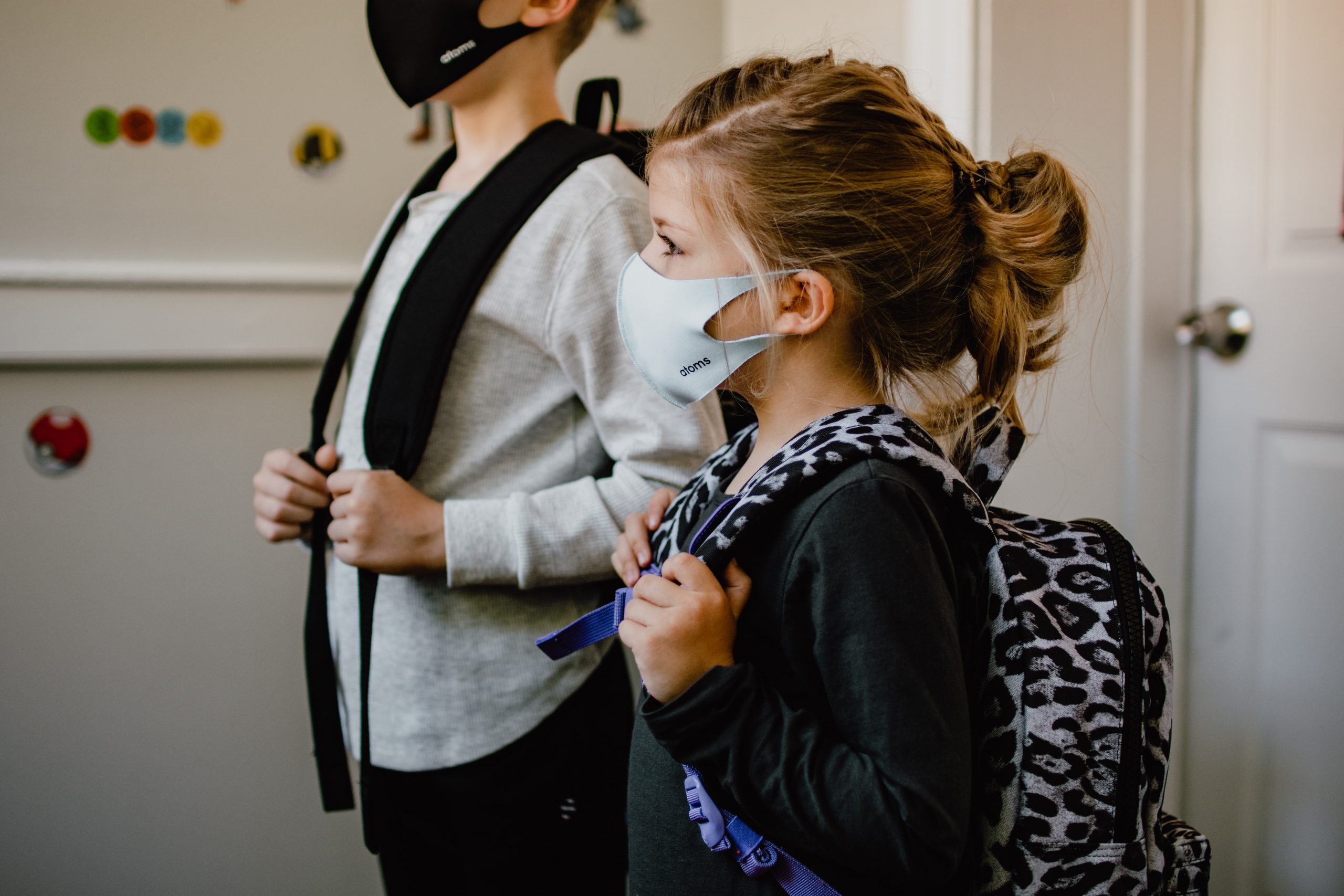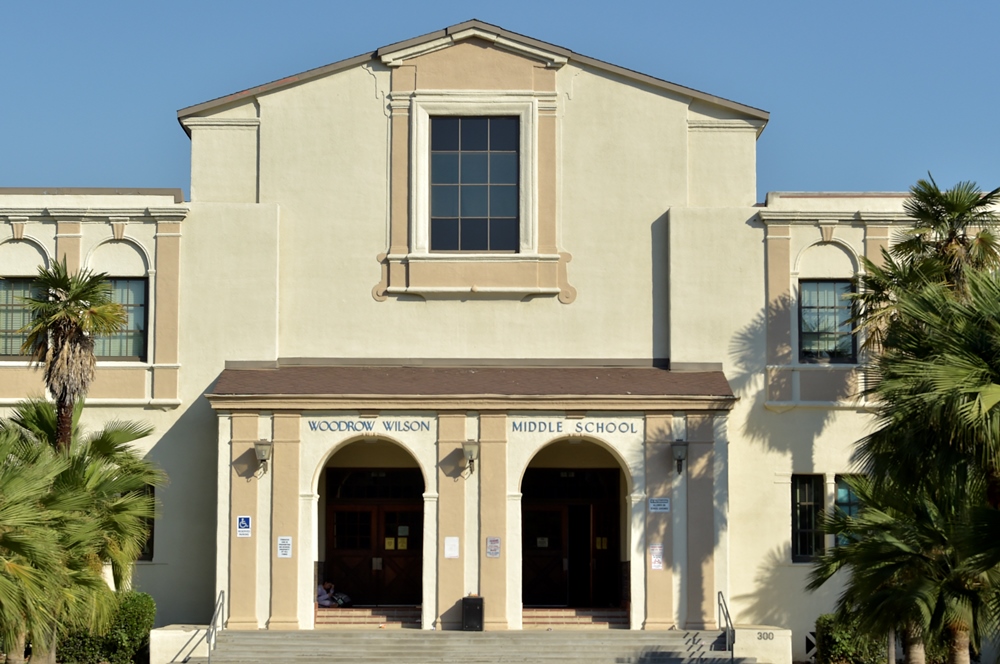With COVID-19 bringing an end to every high school football season in California during 2020, not only did several dreams of college ball become nearly impossible, but the mental health of players became the most important point of discussion
Growing up in Hacienda Heights, Calif., a 3-year-old kid played pee-wee ball with his twin brother. “I’m not gonna have a job, I’m gonna grow up and play football,” he would constantly remind his parents. In his mind, how could football possibly be a job? He loved the game, and it was his purpose even from an early age.
Skip ahead to more than a decade later and that same young kid was now a star wideout and defensive back for his high school football program. Attending Los Altos High School, as a junior, he accumulated a stat sheet of 16 receptions and 250 receiving yards on offense. Defensively, he may have been even better. He simply had a knack for driving towards the football, evident by his three interceptions — a team-high — his two fumble recoveries and 12 pass deflections on the season.
This young man’s name is Zecheriah Rodriguez-Brown. His brother, who proved to be the best player on the Conquerors’ offense as a junior, is named Zedekiah. And together, on Feb. 3, they encountered the dream of a lifetime when they signed letters of intent with Black Hills State University in North Dakota, a DII program that plays for the Rocky Mountain Athletic Conference.

“My brother and I are a package deal. So, when they made it really clear that they wanted us and that we could do great things for that program, it was an easy sell,” Zecheriah said. “It is a dream come true, and accomplishing that dream is just an unbelievable feeling.”
That feeling of complete jubilation and triumph is an emotion that has grown habitual for several junior student-athletes during this time of year, which is embodied through National Signing Day — a yearly event that sees thousands of kids from around the country sign their LOI’s with different collegiate athletic programs. In fact, currently, more than 180,000 students rely on those types of sports scholarships and opportunities.
However, both Zecheriah’s and Zedekiah’s recent athletic successes have become rarities during this time of COVID-19, especially in a region like the San Gabriel Valley where players rarely get scouted to begin with. Both of them are aware of that circumstance.
“It was challenging. College coaches would come to watch you and scout you, and then all of a sudden that whole process just stopped,” Zecheriah shared. “There was so much talent in this last class, and most of them were close friends. So, to see most of them not be rewarded with a scholarship after their hard work, it was sad.”
With football seasons being discontinued due to the pandemic, several football players, particularly student-athletes who missed their junior season, were left out to dry as scholarship opportunities were continuously upended, resulting in students feeling lost despite living in a time where all the tools they could ever need are at their disposal. And there are three words that conceptualize this whirlwind of emotion for all parties involved: haziness, harm and hope.
Haziness: The Uncertainties of What’s to Come
Recently, the Los Angeles Unified School District announced that they would allow outdoor sports competitions to resume thanks to the adjusted case rate of 12.3 per 100,000, which passes the guidelines that were adjusted by the L.A. County Department of Public Health in late February. Meaning, football will be back in 2021 as several high school programs will start their season in the coming days. However, this positive step does not mean that everything between high schools and college programs is set in stone.
Recruiting for the upcoming college season will be very challenging for both levels of play, and normal protocol will have to be adjusted, especially since the NCAA set a recruiting dead period until April 15. One of the biggest reasons for this is the lack of prospect film that is available for programs to look at. An unnamed head coach in Riverside County, who is experiencing his first year in the new role, is doing all that he can to make sure film reaches colleges.
“The coach before me did not have a lot of film for me to send out to colleges, so I have just been in constant contact with colleges trying to figure out what they want to see from my players and making sure that they are being seen,” he said.
Yet, the objective truth is that juniors who missed their vital third year of competition do not have game film — which remains the most important piece to the puzzle when scouts decide who they want to offer scholarships to. Meaning, coaches and players will need to continue being creative with their filming processes. Along with filming lifting sessions and field work/drills, players have also set up Zoom meetings with recruiters and are attending virtual, livestream camps.
“Usually, schools don’t offer scholarships to seniors that give recruits their senior tape. That process in today’s structure has been dominated through junior tape,” said James Escarcega, writer for the San Gabriel Tribune. “So it’ll be interesting to see, once high school play comes back, how recruits will analyze the players on their boards.”
There are also tremendous worries about budget cuts. Each program has a unique number of scholarships to hand out and the universal loss of finances among all college campuses has had a tremendous impact on the number of scholarships that are available. Those major economic falls have also ended some collegiate athletic programs. While the sports that are normally being cut are programs with small rosters, there are some football programs that have closed shop due to financial constraints: including SGV’s own Azusa Pacific.
Possibly the more glaring problem when dealing with the scarcity of scholarships, though, is the NCAA’s permission to give college players an extra year of eligibility. Not only is this rule being implemented in NCAA DI and DII programs, but also among the NAIA and the NJCAA, making nearly every program susceptible to a smaller recruiting window. While that decision is beneficial to grateful college athletes who deserve to have another year of competition, the opposing view is that it places high school athletes in a far worse position when considering their future.
“The number of scholarships between universities is always an ever-changing number, but with this freebie year for a lot of formerly graduating seniors, a lot of players will be coming back. Meaning there won’t be an extra spot on the roster which results in a lot of scholarship opportunities being halted,” Escarcega said.
How recruiting and scholarship opportunities will look in the post-pandemic future remains uncertain. However, what is certain is that COVID-19 has made the process far more difficult and has placed several high school student-athletes in the dark, trying to find a way to turn their dream into reality with mile-high barriers standing in their way.
Harm: The Mental Health of High School Football Players
Before the possibility of a season became official, the anonymous coach began to witness a major shift in the mental psyche of his players. Despite practicing and preparing for the season through weight training and on-field drills, all while maintaining strict socially distanced guidelines, it was already too late — some players were too demoralized.
“I’ve seen the kids every day still, but I’ve also seen dozens of them fall off. Some just aren’t showing up anymore because they are thinking ‘well what’s the point I’m not gonna get recruited anymore,'” said the coach. “When you’re that checked out from the sport, the childhood love of competing disappears, and it’s been really unfortunate to see so many great players go through that.”
Much of that anger and dismay came from players before they knew that practicing and being with teammates would be a possibility, and ultimately, they no longer found value in playing the game. A survey from T-D Ameritrade in April of 2020, when the pandemic first stalled athletic seasons, noted that 47% of student-athletes believed that COVID-19 would hurt their potential of playing for a college team. And, certainly, through experiencing and witnessing the challenges that arose from such an unconventional recruiting environment, that percentage likely went up over time.
Even players who are confident they will play college football in the fall realize their dream will not come true the way they had previously hoped. While playing DI or DII may have been preferred, several players will need to consider playing for a junior college and using the transfer portal to enter an NCAA program.
This is something that Beaumont High head coach Jeff Steinberg has heavily discussed with players all across Southern California during his “QB Academy” practice sessions, along with other training regimes.
“Kids are going to have to ask themselves how badly they want to play. And if college football is what they want, they’ll need to be open to taking different paths. Whether that be going the J.C. route or other smaller schools and proving your worth as a player and earning the opportunity to transfer. It’ll take hard work to do that, but if you really want to play this game, you need to find ways to stay on the field and build opportunities for yourself,” said Steinberg.
Indeed, the disparity between expectations and reality is something that all individuals will learn through growth. But the fact remains that for several of these student-athletes, the chance to prove themselves on the field and earn a place on an NCAA roster is now gone — and some of them will never be able to get that opportunity back. To face that devastation in a time when all high schoolers are facing a loss of routine, social isolation and feelings of loneliness makes such a loss even greater.
Hope: Improbability is Not Impossibility
Yet, as the great Buffalo Bills head coach Marv Levy once said, “Persistence can change failure into extraordinary achievement.” In the case of these student-athletes, that persistence needs to be the driving force behind adaptability.
Escarcega explained that he believes being a student-athlete right now is the best possible scenario, as long as players and coaches are able to adapt to the situation at hand.
“With all the tools that are available to players, you almost have to go out of your way to not use such material,” he said. “Having the right mindset at this moment is very very difficult, but it’s also very doable. It is about adapting, and if players and coaches are unwilling to do that then they’re gonna be stuck at the bus stop watching their bus fly right past them.”
With that adaptability comes control. In a time where there is little opportunity to take control of the conditions around us, student-athletes must be able to find those rare moments and take advantage of them. Steinberg has continually preached this thought process to the players he has encountered who are near the brink of losing faith.
“All we can do is worry about what we can control. You can’t worry about things that are out of your control. It’s unproductive,” he said. “So we just have to keep things positive and keep our players ready for when they are able to step on the field for game time again.”
This is where the hope for players needs to lie — in an ability to adapt and accept the situation while also creating a mindset that allows them to thrive. The same philosophy can be applied to the coaches who have grown insurmountable bonds with their players and have experienced similar heartache. And for them, their hope is on full display when they are able to see their team encounter a sense of normalcy and enjoy moments of pleasure with their brothers on the field.
“I’m getting ready to start practice in about 15 minutes, and I look around and see players with massive smiles on their faces and hear them laughing and joking with each other. Seeing that with everything going on is special,” the anonymous coach said. “Because when you reflect on memories as a player, you won’t remember the Xs and Os. You’ll remember the banquets and the bus rides and the team meals. That’s why getting these kids back to playing again is so important.”
Play is indeed returning, and normalcy is near the brink of a return. Nevertheless, that reality should not ignore the tremendous loss high school football endured in 2020. While players like Zecheriah and Zedekiah overcame such adversity, and coaches such as Steinberg were given the platform to continue helping young players, a lot of individuals did not see such fortune and witnessed their hopes of playing football after high school disappear right in front of them.
For kids who overcame this struggle and distress, 2020 was a challenge that will allow them to grow not only as student-athletes, but also as young people. And when reflecting on these difficult times as adults, these same players may be able to look back and see the merit behind that year-long frustration.







